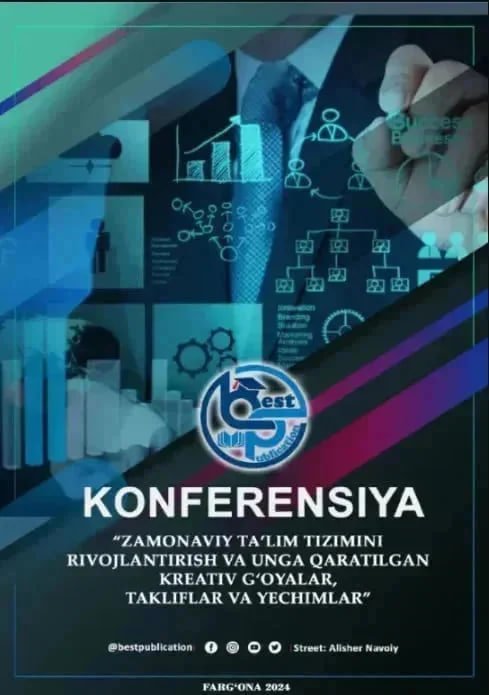THE ROLE OF ORAL PRACTICE IN ENGLISH LANGUAGE TEACHING: ADDRESSING CHALLENGES AND PROPOSING SOLUTIONS IN UZBEKISTAN
Keywords:
Oral practice, English language teaching, communicative competence, language anxiety, Uzbekistan, CLT (Communicative Language Teaching), educational policy, AI in education.Abstract
This study examines the systemic undervaluation of oral practice in Uzbekistan’s English language education system, identifying institutional, cultural, and psychological barriers to speaking proficiency. Employing a mixed-methods approach—surveys, classroom observations, and interviews with 200 students and 40 teachers—the research reveals that less than 20% of classroom time is dedicated to oral activities, largely due to exam-centric policies and cultural norms discouraging individual expression. Key findings highlight widespread language anxiety among students (68% reported fear of mistakes) and a lack of teacher training in communicative methodologies (55% untrained in CLT). The study proposes actionable solutions, including curriculum reforms to prioritize speaking assessments, culturally tailored speaking activities (e.g., role-plays based on Uzbek folktales), and integration of AI tools for low-pressure practice. These recommendations aim to align Uzbekistan’s English pedagogy with global standards while respecting local socio-cultural contexts.
References
1. Brown, H. D. (2007). *Teaching by Principles: An Interactive Approach to Language Pedagogy*. Pearson.
2. Hymes, D. (1972). On communicative competence. In J. B. Pride & J. Holmes (Eds.), *Sociolinguistics* (pp. 269–293). Penguin.
3. King, J. (2013). Silence in the second language classroom. *Journal of Language Teaching Research*, 15(2), 123–140.
4. Krashen, S. (1982). *Principles and Practice in Second Language Acquisition*. Pergamon.
5. Uzbekistan Ministry of Public Education. (2021). *National Curriculum for English Language Teaching*.





